My struggling hydrangea
clarendon
12 years ago
Related Stories
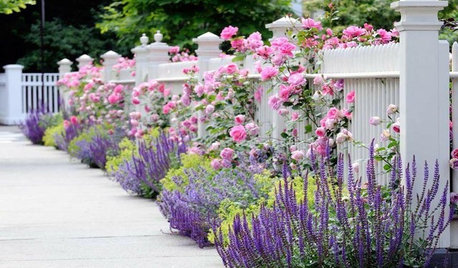
LANDSCAPE DESIGN4 Gorgeous Garden Looks for a Narrow Planting Strip
Make a strong design statement in an unexpected place with these ideas for perimeter plantings, pocket gardens and more
Full Story
GARDENING GUIDESMake Sure You Read This Before Buying New Plants
Follow these 10 plant-selection tips to avoid buyer’s remorse
Full Story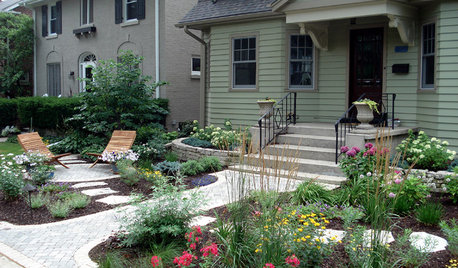
MOST POPULARCreative Ideas for Small Front Yards
A little imagination goes a long way in a petite landscape
Full Story
LANDSCAPE DESIGNHow to Create a Beautiful Shade Garden
Turn the cool, shady spot in your garden into your own quiet oasis
Full Story
GARDENING GUIDESTop 12 Summer-Blooming Perennials for Deer-Resistant Drama
Can you have garden color, fragrance and exciting foliage with hungry deer afoot? These beauties say yes
Full Story
MOST POPULAR20 Ways to Work White Magic in Your Yard
Create enchanting outdoor spots with fresh white fences, florals and furniture
Full Story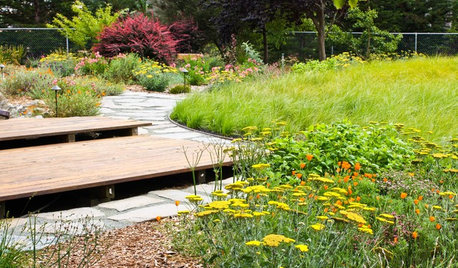
GARDENING GUIDES8 New Ways to Garden This Year
A successful garden means knowing the plants, the wildlife and yourself
Full Story
HOLIDAYSHouzz Call: Show Us Your Holiday Mantel
Do reindeer prance or lights dance above your fireplace during the holidays? Share your decorated mantel with us
Full Story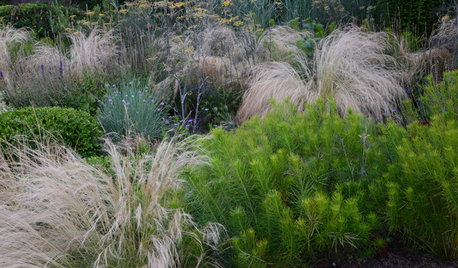
GARDENING GUIDES4 Ways to Break the Rules in Your Garden
For a more creative landscape design, take a different approach to planting
Full Story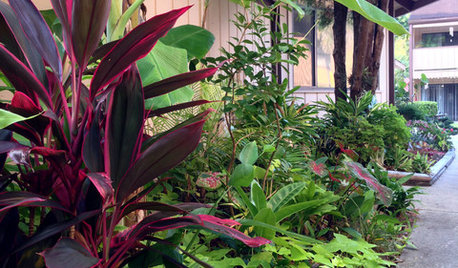
GARDENING GUIDESA Mom, a Garden and a Gift for the Neighbors
Gardening can be therapeutic in unexpected ways. See how one gardener found peace and purpose in a patch of Florida soil
Full StoryMore Discussions






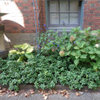
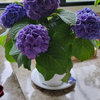

luis_pr
clarendonOriginal Author
Related Professionals
Hershey Landscape Architects & Landscape Designers · Prairie Ridge Landscape Architects & Landscape Designers · Clearlake Landscape Contractors · Franklin Landscape Contractors · Lemay Landscape Contractors · Mastic Beach Landscape Contractors · Middletown Landscape Contractors · New Baltimore Landscape Contractors · Palm Beach Gardens Landscape Contractors · Raleigh Landscape Contractors · Ramsey Landscape Contractors · Yuba City Landscape Contractors · Forest Hill Landscape Contractors · South Plainfield Siding & Exteriors · Tustin Siding & Exteriors